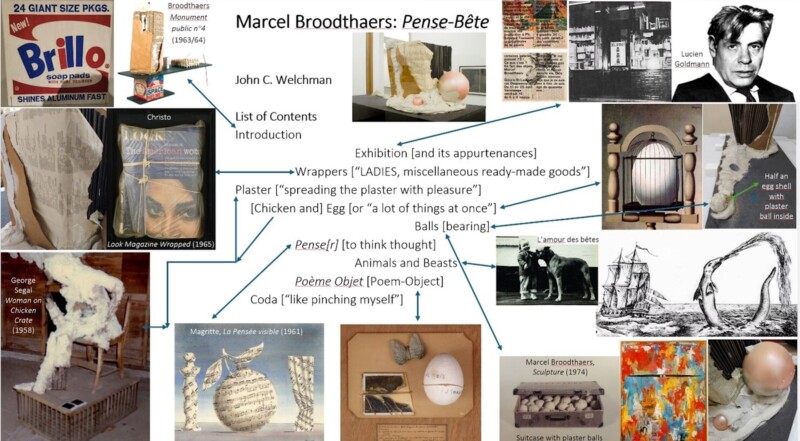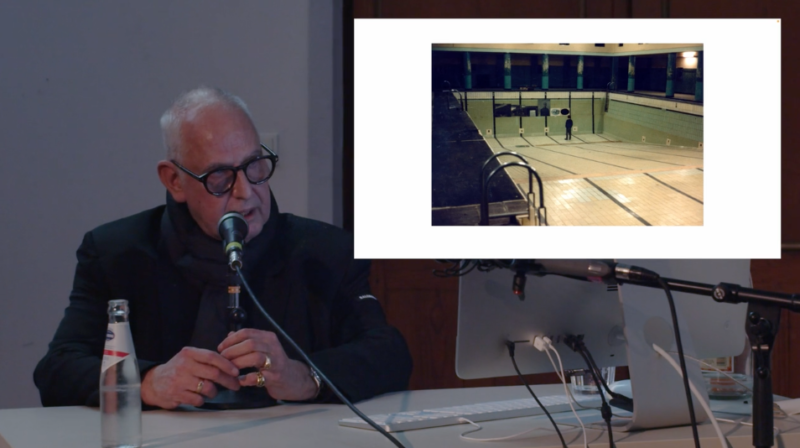
24.10.24, 19:00, John C. Welchman, Underwear, Fashion, Invitation, Exhibition: The Inaugural Visibilities of Pense-Bête
One hundred years ago, the important Belgian poet/artist Marcel Broodthaers (1924- 1976) was born. Sixty years ago, he created the key work ‘Pense-Bête’, for which he overlaid 50 of his unsold volumes of poetry with plaster, symbolically making the transition from poetry to visual art. To mark this double anniversary, S.M.A.K. commissioned John C. Welchman — Professor of Art History at the University of California, San Diego — to write an in-depth analysis, or close reading, of this work. Prior to the publication, Welchman will present various aspects of his research at S.M.A.K. and various partner institutions including KASK & Conservatorium.
This talk, delivered at KASK & Conservatorium for the first time, unravels one of the chapter threads of Welchman’s new book (inaugurating SMAK's, UpClose series) on Marcel Broodthaers’ formidably allusive sculpture Pense-Bête (1964). Here Welchman looks in detail at the founding situations in and around which the appearance of the work was declared, starting with its exhibition in Moi aussi, je me suis demandé si je ne pouvais pas vendre quelque chose et réussir dans la vie... at Librairie-Galerie Saint-Laurent in Brussels in April 1964. Pense-Bête may also have been present at a conference on literary sociologist Lucien Goldmann in Brussels—attended by Broodthaers, poet, literary critic and radiomaker Freddy De Vree, and French artist and writer Pierre Klossowski, among others—at which Roland Barthes presented a paper on rhetoric, in May 1964.
Welchman teases out the implications of the invitation for the exhibition, printed on pages appropriated from women’s magazines—which inaugurated the artist’s career-long inquiry into the parameters of exhibition making—and discusses the often overlooked wrapping papers used to secure the bundle of (initially) 50 copies of his book of poems (Pense-Bête) that anchors the sculpture—one using plain sheets of kraft paper, the other printed materials associated with the Antwerp fashion world. Pense-Bête, Welchman argues, emerges in a complex nexus of references and detours staged around rhetoric, style, borrowing, commerce, covert declaration, signature materialities and the existentially uncertain stakes of the new artistically denominated selfhood navigated by Broodthaers in one of his earliest art works.














